Playing the Field: Polo Tournaments and Events
Watched and played by royalty, high society, and stars of the silver screen, the sport of kings has come a long way from its first battle-like games
Watched and played by royalty, high society, and stars of the silver screen, the sport of kings has come a long way from its first battle-like games
Polo can trace its roots as far back as Persia some 2,500 years ago when it was played, most likely, by nomadic warriors. Adopted by armies in Central Asia, it was used as a training exercise to harness equestrian and military skills, with Genghis Khan and Alexander the Great early exponents of the game in its rawest form. Today “The Sport of Kings”, as it is known, is firmly linked to royalty and the world of high society and celebrity.
By the early 18th century the game had been seen by English tea planters in India, and by the 1850s new rules were drawn up and “hockey on horseback” was being played in England. From there, its popularity exploded and within 20 years the game had spread to Argentina, Australia, New Zealand, and the United States. The early 20th century was a great time for the sport. Meadowbrook Polo Club on New York’s Long Island regularly drew crowds of 30,000 for international games, and the sport was played in the Olympic Games up until 1936.
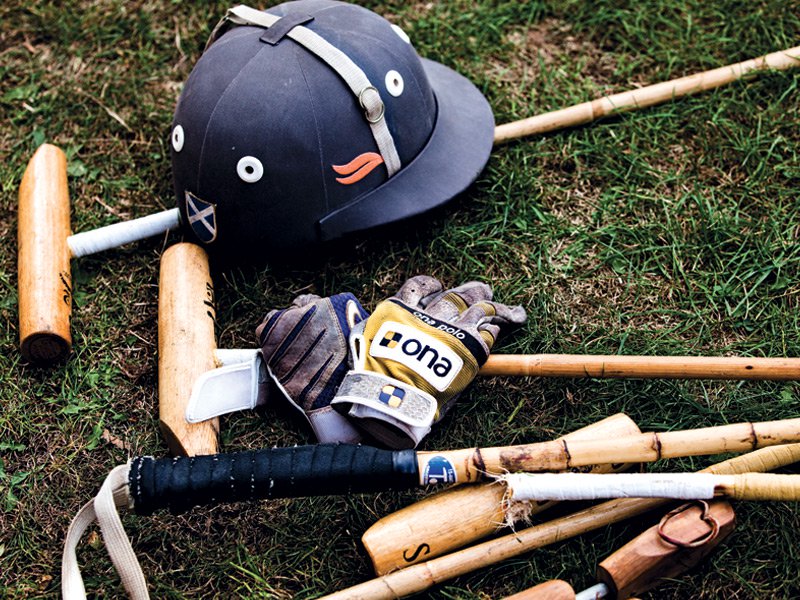
After World War II, interest in polo in England was reinvigorated by Billy Walsh, Arthur Lucas, and Lord Cowdray, whose links with worldwide associations ensured the sport’s global renaissance. As of October 2012 there were 91 polo-playing countries recognised by the Federation of International Polo—the sport’s governing body—and polo has become a multimillion-dollar industry with professional players, endorsements, sponsors, and worldwide television coverage.
INTERNATIONAL CALENDAR
The world’s most important polo tournament is, without question, the Argentine Open. Played in late November and early December in the verdant Buenos Aires neighborhood of Palermo, this is the tournament that all pro players would sell their soul just to make an appearance in. With matches covered live by American television network ESPN, it features the best players and the best horses, and provides the most exhilarating spectacle. A crowd of 30,000 people from all over the world flock to each match, where the atmosphere is more akin to soccer; the mix of die-hard fans singing and chanting for their team alongside the social elite is a fascinating juxtaposition.
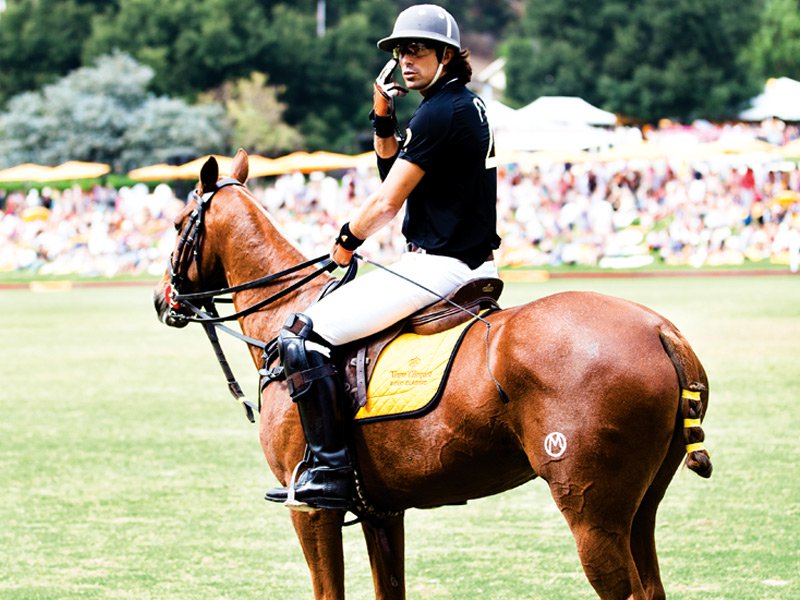
The Audi International (formerly sponsored by Cartier) is the most well-attended day on the English polo calendar. Some 25,000 people, including sponsors, players, and celebrities, cram into the historic Guards Polo Club, just a stone’s throw from Windsor Castle, to watch the national team play for the Coronation Cup against an invited international squad. With Her Majesty The Queen often in attendance, this is a real must for all royal watchers.
The Veuve Clicquot Gold Cup Tournament for the British Open also takes place in England, attracting a glamorous crowd befitting its sponsor. The success of the long association between Veuve Clicquot and the British Open has seen the tournament expand abroad, and since 2010 the Veuve Clicquot Polo Classic has been held in the beautiful Will Rogers State Historic Park in Los Angeles.
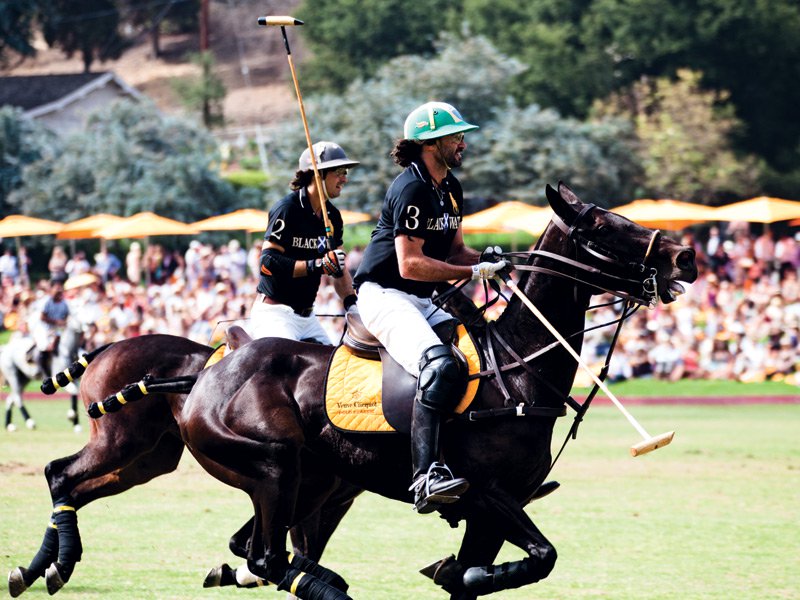
Also in the United States, the US Open Polo Championship has been played in South Florida since 1996. Along with the British Open and famed Argentine Open, it makes up the “Big Three” worldwide tournaments. First played in 1904, the US Open attracts the world’s best players, who compete alongside fellow professionals and the team’s patron.
Polo players tend to be a fairly diverse bunch, from royalty, captains of industry, and film and television stars to casual weekend players and, of course, professionals.
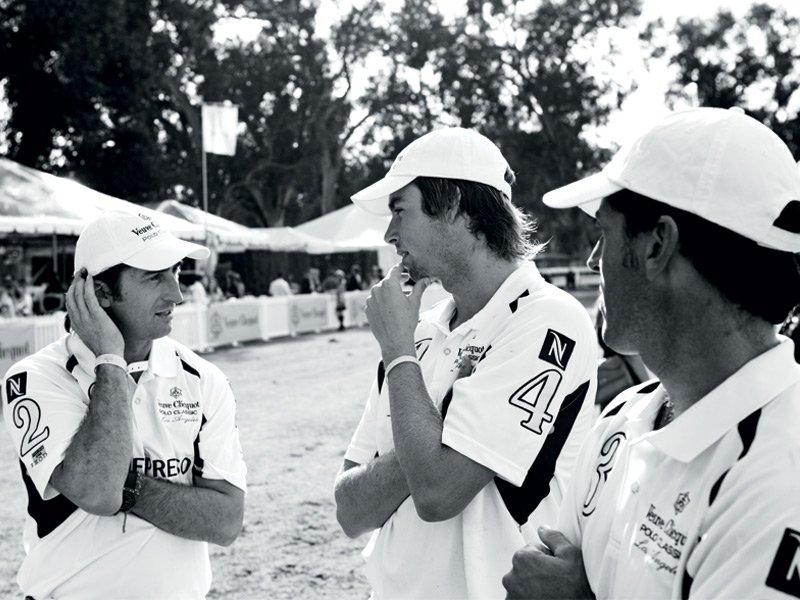
Celebrity fans include the television presenter and former model Jodie Kidd and actor Sylvester Stallone, who describes the game as “like trying to play golf in an earthquake.” Actor and avid polo player Tommy Lee Jones hosts training sessions for Harvard University teams at his ranch in Texas. Princes William and Harry are regulars on the polo circuit in the UK, following in the footsteps of their father, The Prince of Wales, and grandfather, The Duke of Edinburgh—both fine players.
THE FUTURE OF POLO
Even in the wake of the economic downturn, polo has never been more popular or, indeed, more accessible. Played the world over, the sport goes from strength to strength, and with more players coming through at grass-roots level, and initiatives in place for junior and female players, its future looks secure. The International Olympic Committee has even recognized polo once again—more than 80 years since the sport’s last appearance in the Olympic Games.
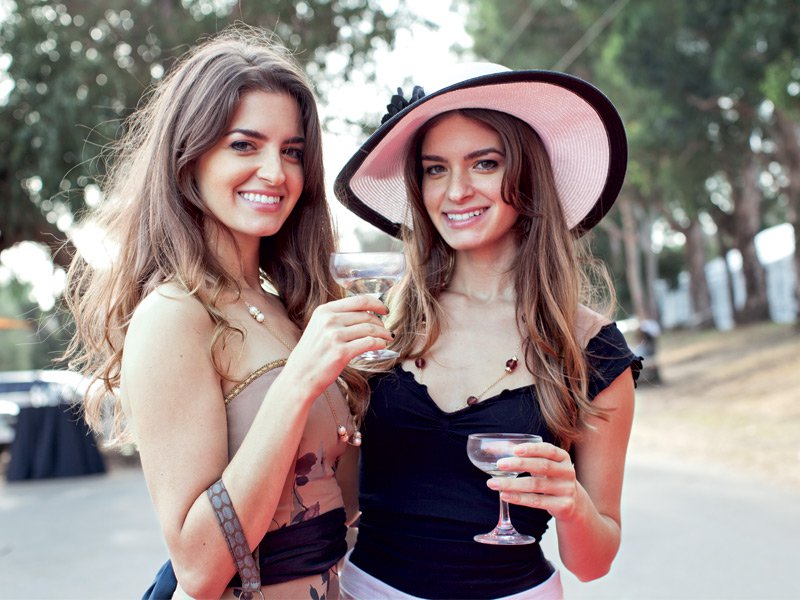
There are a number of ways to get involved in the game, with polo schools offering lessons that provide the first step on the ladder. Private lessons cost around £100 ($159) for a one-hour session. After a few lessons, you may be ready to move into “instructional chukkas”—these are mini matches that are umpired by a pro instructor who will talk you through the rudiments of the game.
After that you will graduate to club chukkas or matches, where pony rental is around £100 ($159) per chukka. Club membership will cost anything from £500 to £10,000 ($793 to $15,362) per year. A good horse that will get you around the field quickly and safely can be bought for around £6,000 ($9,517)—ideally you will have three or four horses once you are playing regularly. Full livery costs around £140 ($277) per week, per horse.